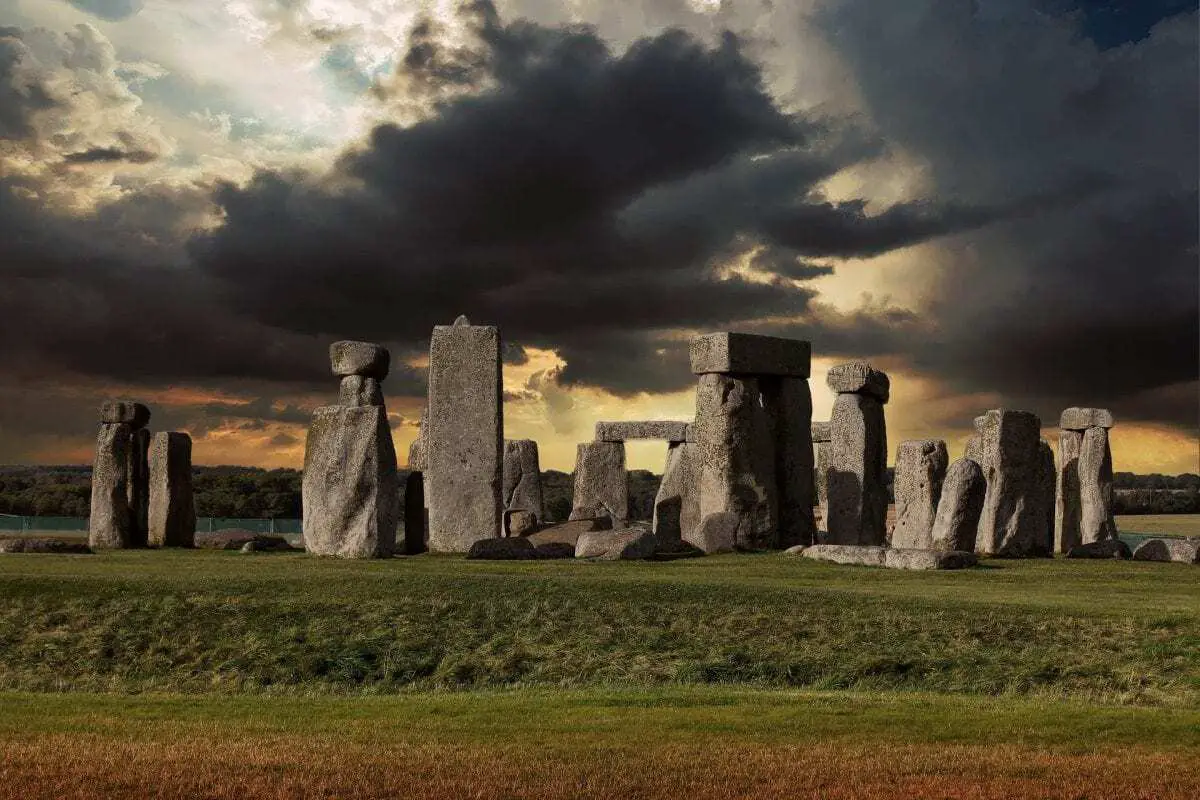Stonehenge is a monument that has been standing for around 5,000 years, but new discoveries are overturning established theories about where the rocks used in its construction originated from.
Dr Rob Ixer from the University of Leicester Department of Geology has been studying the famous monument in collaboration with Dr Nick Pearce from Aberystwyth University and Dr Richard Bevins from the National Museum of Wales. Their particular interest was in the ‘bluestones’ which are not the iconic massive uprights and cross-pieces but smaller stones, weighing a mere(!) four tonnes or so each.
Stonehenge is not just a ‘stone circle’ but is structurally quite complex. There is an outer circle of massive ‘sarsen’ stones: uprights and cross-pieces, weighing anything up to 50 tonnes, collected from the Marlborough Downs about 25 miles away. Within this is a ring of bluestones – which predates the outer ring – then a horseshoe of sarsens, then a horseshoe of bluestones, then the central stone commonly referred to as the ‘altar stone’.
Even that’s not all because there are circular earthworks around the stone circle and all manner of stone detritus scattered within and around. Furthermore any investigation into Stonehenge is, of course, complicated by the number of stones which have fallen over or been moved – and complicated even more by the number which have been stood up again! As recently as the 1960s work was carried out to lift some of the fallen stones and set them in concrete bases which was not, strictly speaking, how they were held up five millennia ago…
Bluestone technology
Most of the bluestones are a type of rock called spotted dolerite, an igneous rock similar to basalt but coarser grained. It was in 1923 that the source of this rock was comprehensively identified as the Mynydd Preseli district, a range of hills to the east of Fishguard, meaning that each of these stones was transported about 240 miles.
However, while the spotted dolerite is distinctive, the origin of the non-dolerite bluestones, which include sandstone, silica-rich rhyolites and volcanic ejecta called basaltic tuffs, are harder to pin down. They have generally been assumed to come from the same location as the dolerites because, well, there are rocks like these in the Preseli Hills.
Rob Ixer and his colleagues analysed samples from the Stonehenge bluestones and found that they matched rocks in the Pont Saeson area just outside Newport. Having established a likely origin, they looked in detail at zircons within the stones. These
are tiny crystals of zirconium silicate (about 150μm across) which have distinctive signatures of trace elements within them, such as hafnium, yttrium and scandium.
Long story short, the Stonehenge bluestones matched the Pont Saeson samples extremely closely whilst being markedly different from control samples of similar rocks collected elsewhere.
Rock and rollers
As so often in research, solving one outstanding mystery just raises more questions, in this case regarding transport.
The accepted view of how the bluestones got to Salisbury Plain is that they were transported overland due south to Milford Haven (probably using logs as rollers underneath the stones), then by raft up the Bristol Channel, then more log rolling to take them across to Stonehenge. Which is fine if all the stones started life at the top of the Preseli Hills because it’s all downhill from there.
But if some of the stones came from Pont Saeson, that’s low ground to the North of Mynydd Preseli. In other words, to get those stones to Milford Haven, our Neolithic building gang would have had to transport them over the Preseli Hills. Which seems, frankly, unlikely.
University of Leicester







